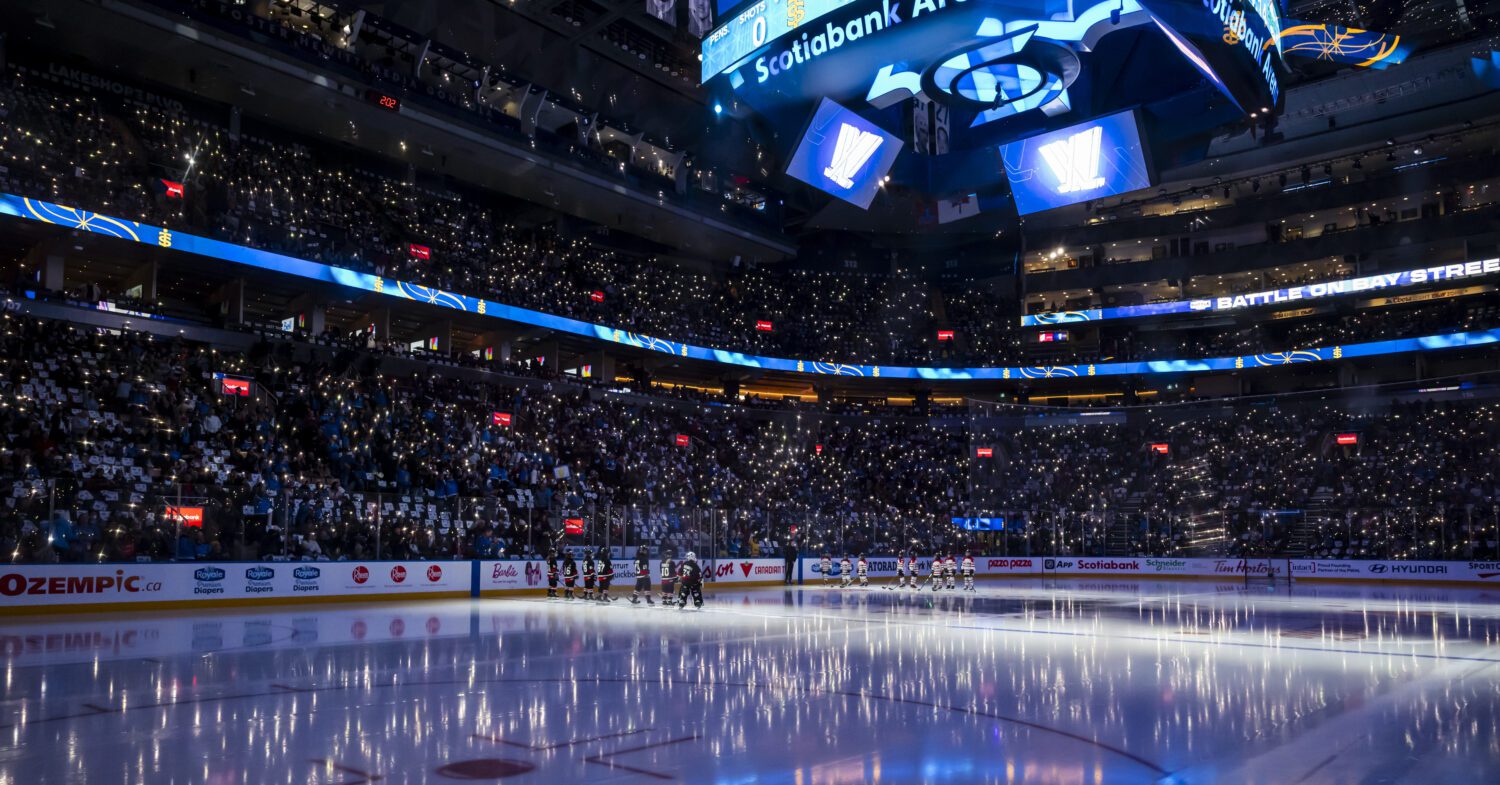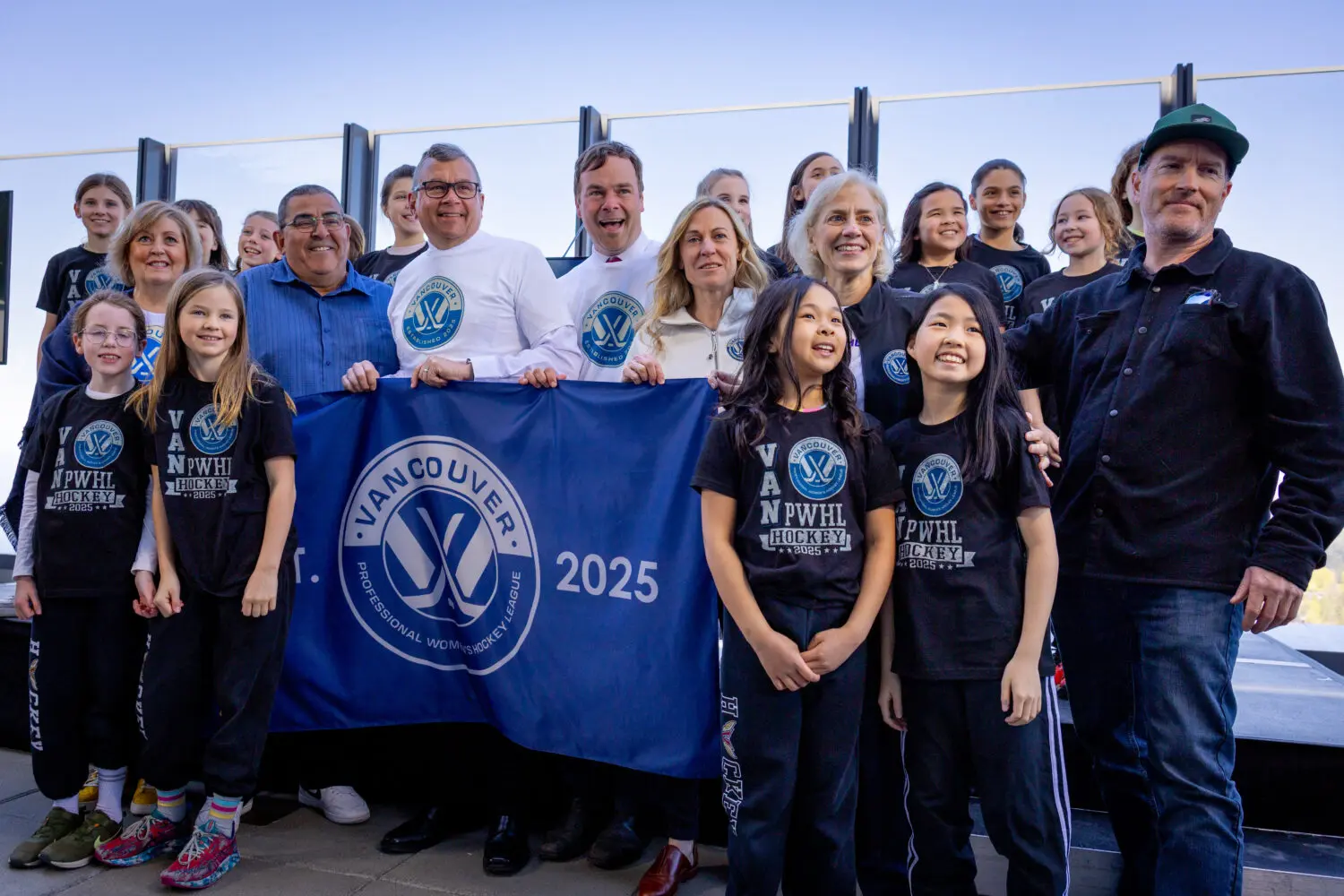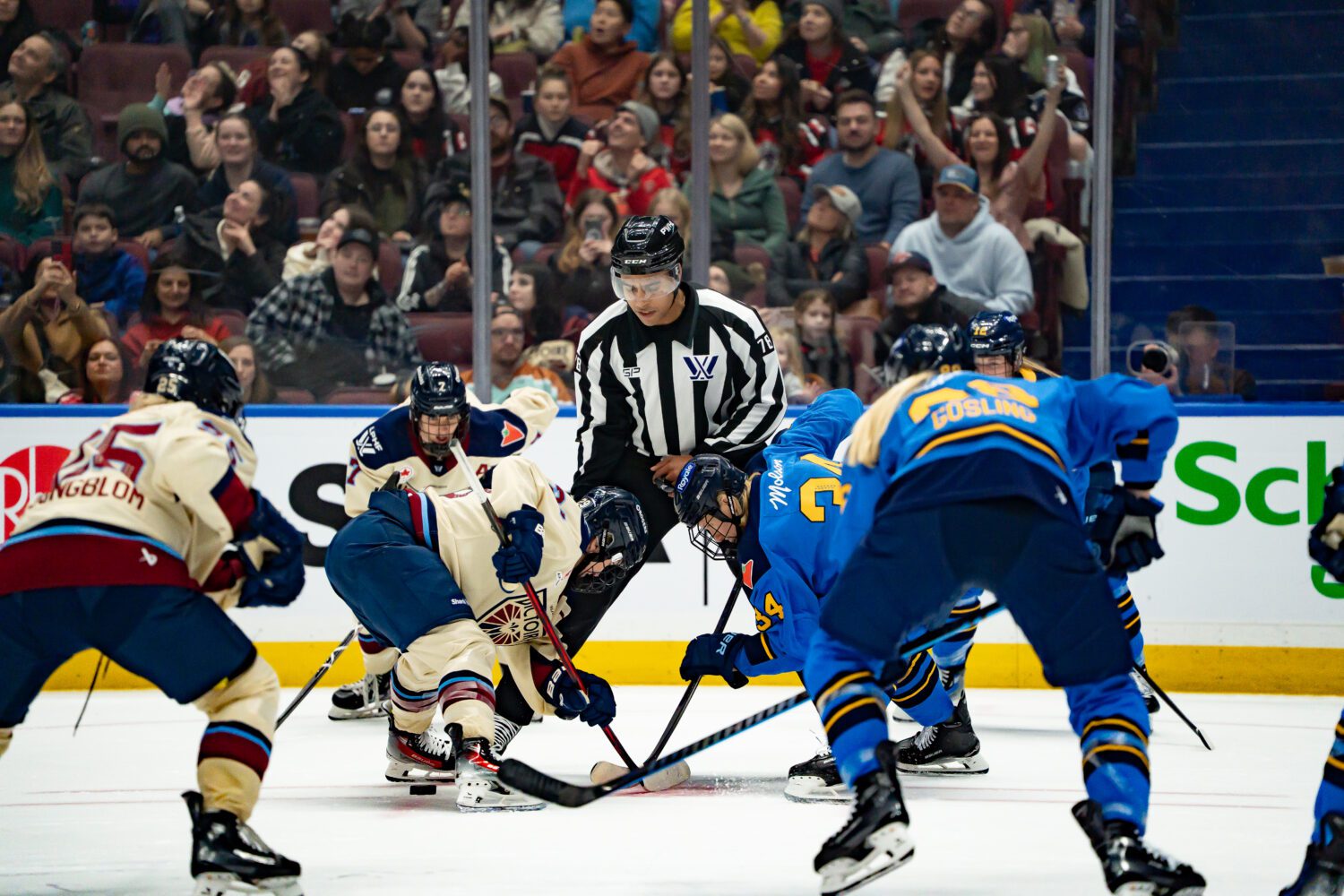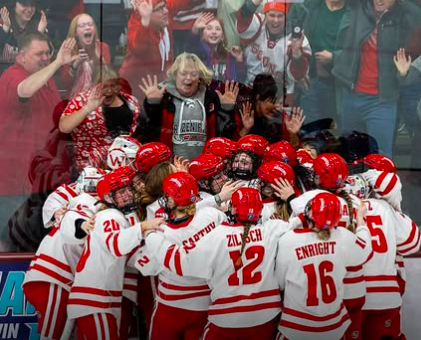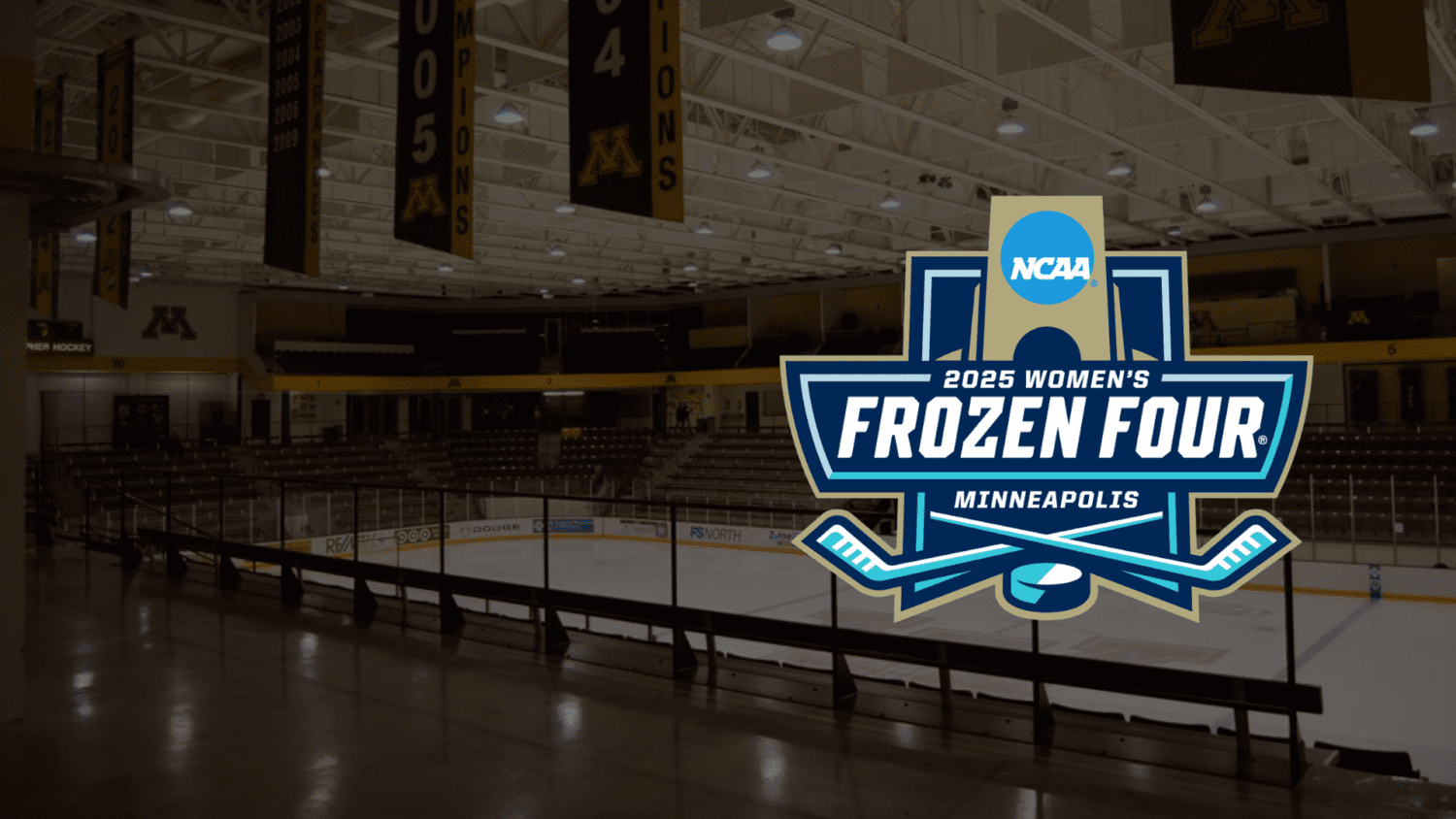Playing a sport as fast and physical as ice hockey can unfortunately come with injuries. Who knows, you may be one of the lucky few who make it out unscathed! No matter what level of hockey you play, you will always be at risk of attaining some kind of injury. I decided to write about my personal experience of overcoming my physical injury, but more importantly overcoming the psychological effects of being injured and side-lined from my favourite sport.
It wasn’t a spectacular open ice hit; it was just a simple edge catch while transitioning from forwards to backwards. I somehow ended up with my hand behind my back, which resulted in my hand being caught underneath me as I fell backwards. It happened during a friendly scrimmage during a women’s only training session. I immediately realised that I had done some sort of damage to my fingers as I remember staring at them while my hand shook wildly. The next morning, I was x-rayed and sure enough, I had fractured my right index finger. I had hyper-extended my 2nd, 3rd, and 4th fingers so far back that my index finger could not withhold the pressure anymore. I remember thinking how lucky I was that I hadn’t broken the other 2 fingers. Breaking one finger was of course not the worst-case scenario, but also, not the best. Had it been another part of my body which was injured, I may have been tempted to cut corners and succumb to pleas to play… ‘’it’s only a finger!’’. But as my day job sees me playing and teaching classical flute, 100% recovery was essential.
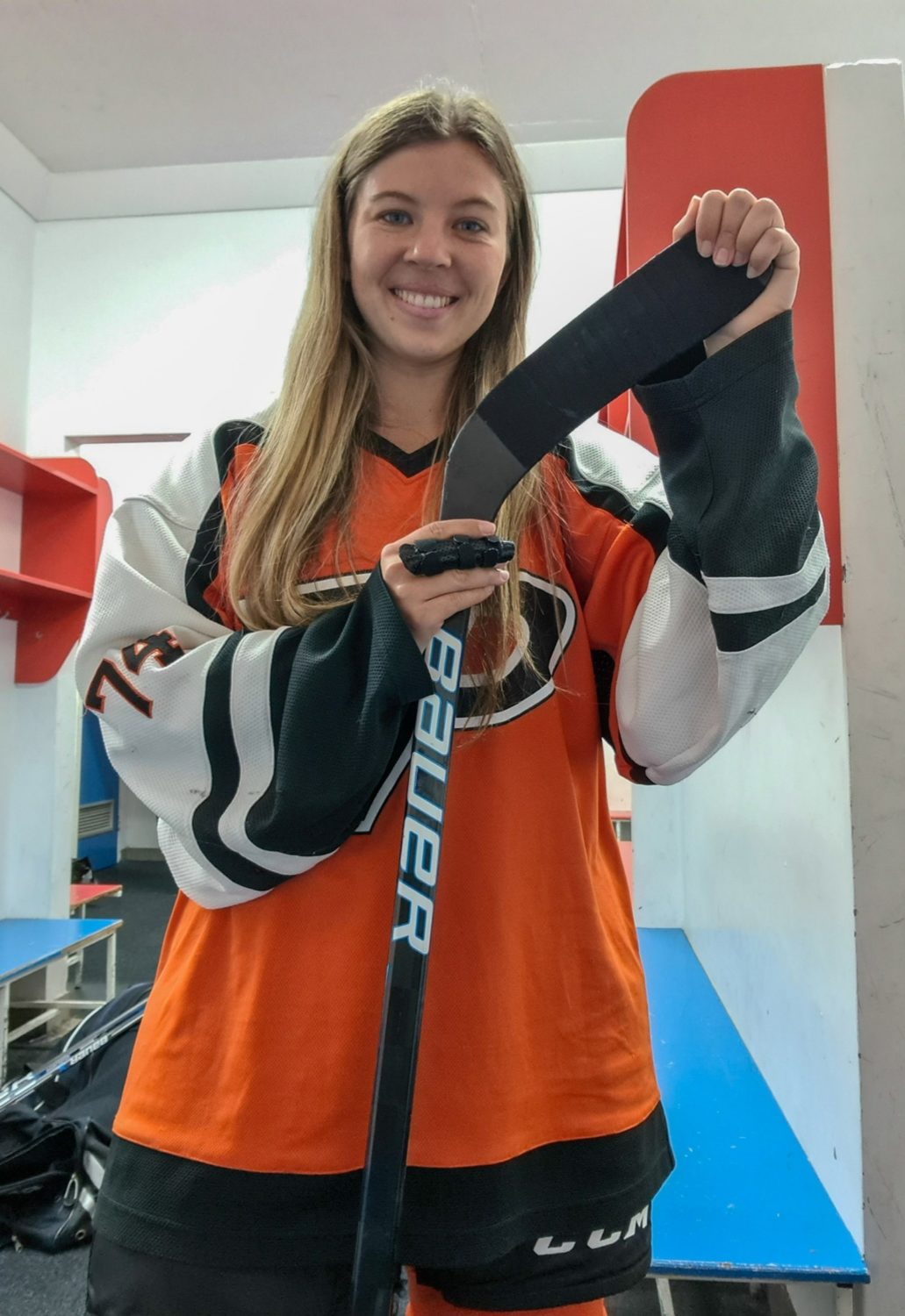
My immediate thought was ‘’Well f***. No hockey for at least 6 weeks. 12 weeks until I am ‘full recovered’. I will miss two games with the Western Australian Women’s team. Why did I have to bloody fall over!?’’. I came home feeling sorry for myself and not knowing what my next move should be. Luckily, my partner who is a Brazilian Jiu Jitsu fighter and trainer, has suffered many sport-related injuries over the last 12 years. His advice was simple, ‘’You shouldn’t look at this as an obstacle, you need to see this as an opportunity to improve in other areas which you didn’t have time for before’’. He was right. There was no point in sitting at home dwelling on what had already happened and what could not be changed.
No ice? No problem. Strength and conditioning is my new best friend.
I realised that whilst I was at the ice rink training approximately 8 hours per week, I was neglecting other aspects of my overall fitness. My cardio sucked for one. This was something I would seriously need to work on, especially leading up to the Australian Women’s Ice Hockey League in late 2022. It was also something I could do relatively pain-free given that my injury only affected my right hand. I am also a short player and am not particularly muscular. I thought this would be another great opportunity to build some muscle and get stronger for my return. I decided to solely focus on my strength and conditioning training and make everything else stronger, while my finger healed. I followed a program which targeted my weaknesses and made me stronger for my eventual return to the ice.
I also focused on eating properly. My heart would have loved to tuck into some chocolate and eat my feelings away. However, with my elevated focus on strength and conditioning training, I needed to fuel my body with the nutrients it needed to recover both my injury and my body from the training routine.
Stay motivated and keep setting goals
Of course, I was unable to set and achieve any on-ice related goals. However, I needed to continue setting different kind of goals, big and small, short, and long, to help keep me motivated during my recovery. I would set goals to achieve in the gym for my strength and conditioning training. I would keep track of the amount of weight I would use for my exercises and aim to improve them each week. I would see if I could run faster and further compared to my last run. I would visualise my dry land sprints as shifts on the ice to push myself harder. I also set goals with my finger rehabilitation. Being a teacher, I was finding it difficult to make time for my hand exercises 15 times per day. I would set a goal of how many times per day I needed to do my physio exercises. I would then need to beat this the following day, the next week etc. Setting alarms on my phone also helped me remember to do my exercises as they aren’t exactly the most comfortable and enjoyable activity.
Stay physically and mentally engaged
It can be easy to feel isolated and often lonely if you’ve injured yourself playing a team sport such as ice hockey. Unlike solo sports, there is a sense of comradery that naturally comes with playing on a team, and if you lose that, even for a short time, you can feel disconnected. When I was first injured, the thought of going down to watch my teammates and friends play a game at their full strength, was honestly a bit of a bummer. Of course, I was stoked for them, but being side-lined and watching from the bench was taking a toll on me mentally. I did realise I could still be useful to the team, helping to raise funds, selling merchandise, volunteering on game days, and promoting our team. I even watched some practises from the bench to be connected to the team when I felt so physically disconnected.
I also started watching and studying more professional women’s hockey. I decided that I could use my down time to analyse some of the best Women’s hockey games in history, to become a smarter and more tactical hockey player. Developing a better understanding of game tactics and systems, I was able to draw parallels between the professional games and what I could take into my own once recovered.
The physical and mental battle of getting back on the ice
I first stepped back on the ice 1 month after my injury. I knew it would be hard not to use my right hand (bottom hand) at all while skating. Due to this, I decided to focus on skating drills and carrying the puck with one hand. In theory this should have been easy enough if it weren’t for the huge mental barrier I had built. I was terrified of falling again, falling on my hand, making my injury worse and then being side-lined for even longer. I was frustrated that I couldn’t seem to jump this mental hurdle and just ‘get over it’. I had clearly lost a lot of confidence, something I had worked so hard on for the last 3 years.
I love ice hockey, but I was feeling uncomfortable and worst of all, it wasn’t fun, it was stressful. I realised I was putting too much pressure on myself to recover faster, be able to play sooner and be back to full strength in an unrealistic amount of time. Patience is not one of my strongest attributes, but it would need to become one of my best to keep moving forward in a positive way.
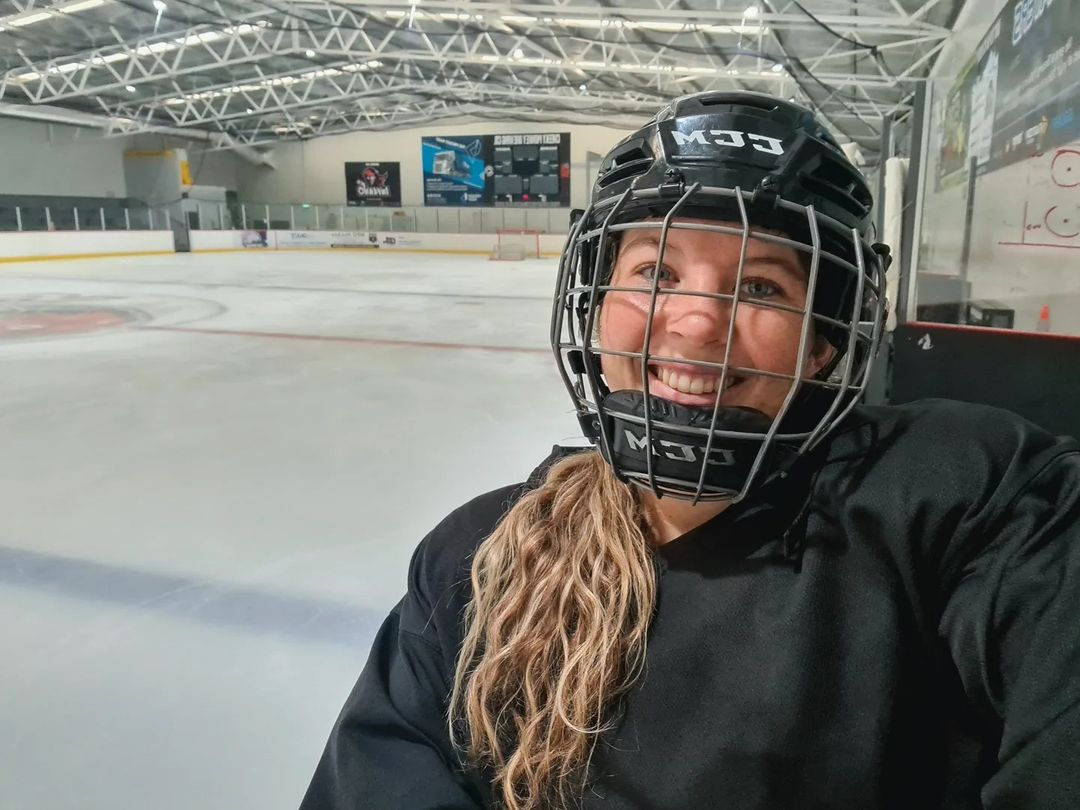
One skate at a time
Slowly my confidence started to come back bit by bit. I was always very aware of my finger, despite it being taped and reasonably safe. Just like everyone, I would have good skates and bad skates. The bad ones were when my fears would get the better of me and I would get angry at myself for not being able to do what I could do 2 months ago. I had to keep reminding myself that injuries are a process, both physically and mentally, a process that cannot be rushed.
I am now at 11 weeks since my injury and I would be lying if I said I was feeling 100%. The truth is, I still feel anxious sometimes and if I feel like I am going to fall, my mind races back to that moment. I am taking it one skate at a time. I know this will most likely not be my last hockey injury, but I have learnt many positive things from my experience. One of the most important being, don’t put your hands out when you fall! Some others were to use the time off to stay strong and fit, keep sight of your goals and make new ones, stay connected to your team and don’t rush the healing process both physically and mentally.
[adrotate group=”1″]
Related Articles
Categories
Recent Posts
[adrotate group=”2″]





